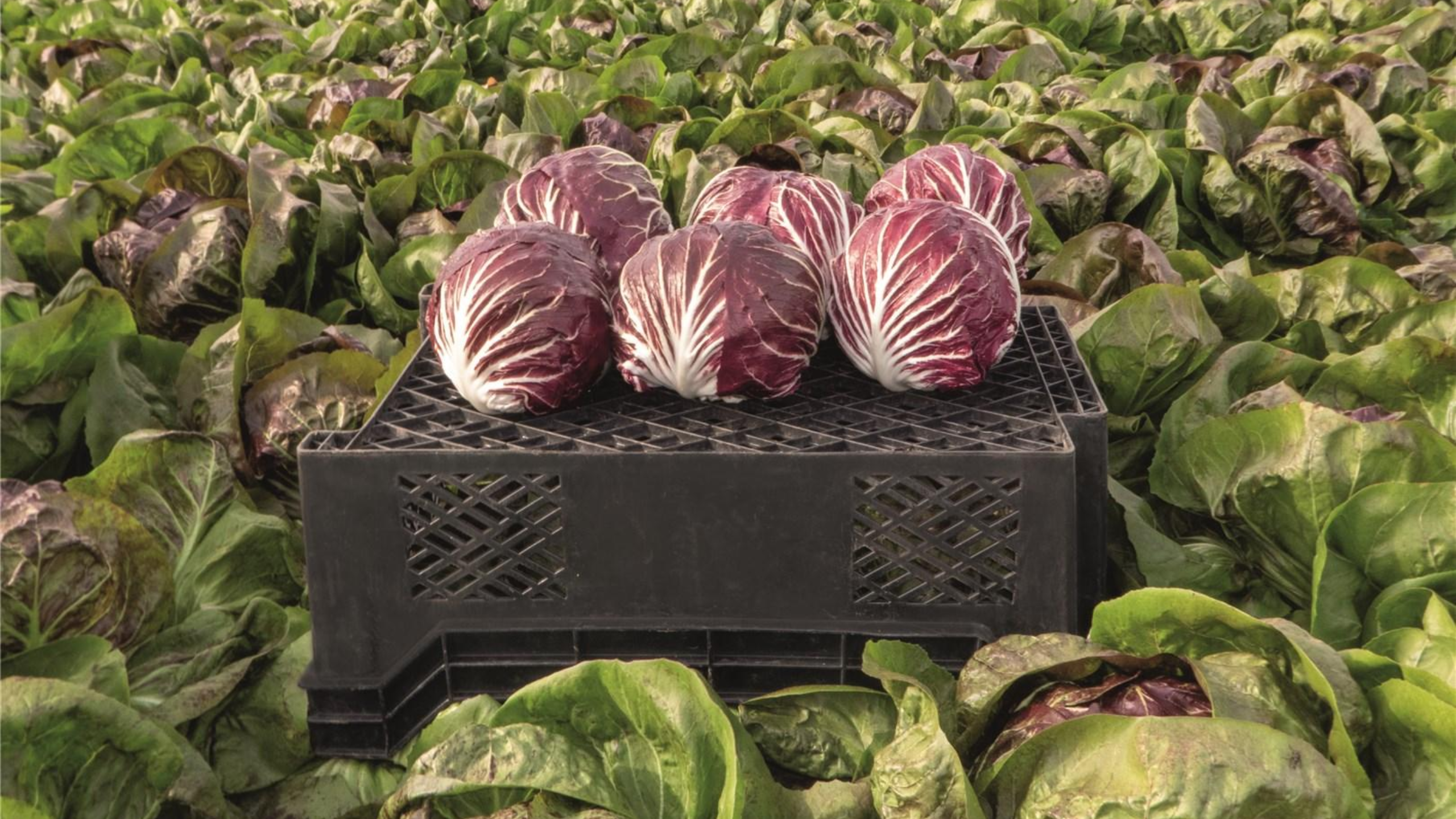Radicchio is a striking vegetable that’s beloved for its vibrant colors and complex, slightly bitter flavor. Whether you’re a seasoned gardener or a curious beginner, growing radicchio can be a rewarding experience. Its unique look and taste make it a perfect addition to salads, grilled dishes, or even as a stunning garnish.
In this guide, we’ll walk you through everything you need to know—from selecting the right variety to harvesting your crop. Let’s dive into the step-by-step process to cultivate radicchio successfully in your garden.
Selecting the Right Radicchio Varieties
There are two popular types of radicchio suitable for home cultivation:
- Chioggia: Known for its round, compact heads with deep red and white coloration. It’s the most common for salads and fresh preparations.
- Treviso: Recognizable by its elongated, more open leaves and a milder flavor. It’s great for grilling or roasting.
When choosing seeds, opt for organic varieties from trusted suppliers. Organic seeds tend to be healthier and more resilient, plus they align with eco-friendly gardening practices.
Preparing the Soil

Radicchio thrives in a sunny, well-drained environment with rich soil.
- Sunlight: Pick a spot that receives at least 6 hours of direct sunlight daily. Morning sun is ideal, especially in warmer climates.
- Soil: Use a fertile, well-draining soil with a pH between 5.5 and 6.8. If your soil is heavy clay or sandy, amend it with compost or organic matter to improve texture and fertility.
- Adding Nutrients: Enrich your soil with well-decomposed organic compost or manure. These provide essential nutrients that help promote healthy growth and vibrant leaves.
Proper soil preparation is crucial for producing tender, flavorful radicchio heads. Don’t skip this step!
Planting Radicchio
Timing is key with radicchio.
- When to sow: Sow the seeds approximately 2-4 weeks before the last expected spring frost. Alternatively, in warmer regions, plant at the end of summer for a fall harvest.
- Depth and spacing: Sow seeds about ¼ inch deep, spacing them 12-18 inches apart in rows that are 18-24 inches apart. This gives the plants room to develop fully.
- Thinning: Once seedlings have grown a few centimeters, thin them out to 12 inches apart. This prevents overcrowding and encourages strong, healthy plants.
If you prefer, start seeds indoors 4-6 weeks before transplanting outside, especially in colder climates.
Watering and Mulching
Consistent moisture is vital for radicchio.
- Watering: Keep the soil evenly moist but avoid excessive water, which can lead to root rot or fungal issues.
- Mulching: Apply organic mulch like straw, wood chips, or compost around the plants. Mulching helps retain soil moisture, keeps weeds at bay, and stabilizes soil temperature.
Regular watering and mulching create optimal growing conditions and produce tender, beautiful heads.
Fertilizing for Success
Supporting your radicchio with nutrients will enhance flavor and growth:
- Use a balanced organic fertilizer or compost every 3-4 weeks.
- Be cautious with nitrogen; too much can lead to lush, leafy growth at the expense of proper head formation.
Healthy fertilization encourages compact, well-formed heads with vibrant color and flavor.
Managing Pests and Diseases
Like all garden crops, radicchio can face pest and disease challenges:
- Common pests: Watch for aphids, slugs, and snails. Use manual removal, organic insecticidal soap, or diatomaceous earth.
- Diseases: Ensure good air circulation to prevent fungal diseases. Avoid overhead watering, which can promote mold. Practice crop rotation to reduce soil-borne illnesses.
Early detection and natural pest control methods help ensure a healthy harvest.
Harvesting Radicchio
Knowing when to harvest is essential for flavor and appearance:
- Timing: Radicchio is usually ready 60-90 days after planting when the heads are firm and well-formed.
- How to harvest: Cut the heads at the base with a sharp knife or pick outer leaves as needed for continuous harvest.
- Storage: Fresh radicchio keeps well in the refrigerator for a few weeks. For longer storage, blanch and freeze or roast and preserve in jars.
Regular harvesting encourages new growth and maximizes your yield.
Tips to Keep Your Fresh Crop Coming
- Succession planting: Sow seeds every 2-3 weeks for a continuous harvest throughout the growing season.
- Temperature considerations: Radicchio grows best in cooler weather. In hot climates, give plants afternoon shade or plant in fall to avoid bolting (early flowering).
By following these tips, you can enjoy fresh radicchio for months and add a colorful, nutritious touch to your meals.

